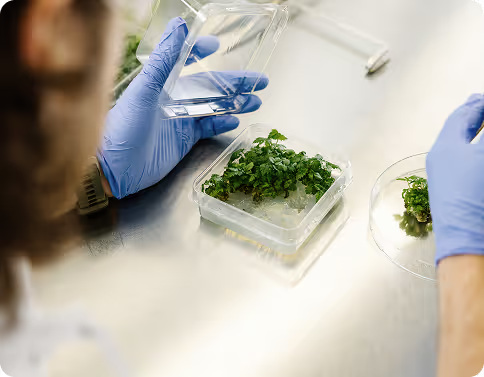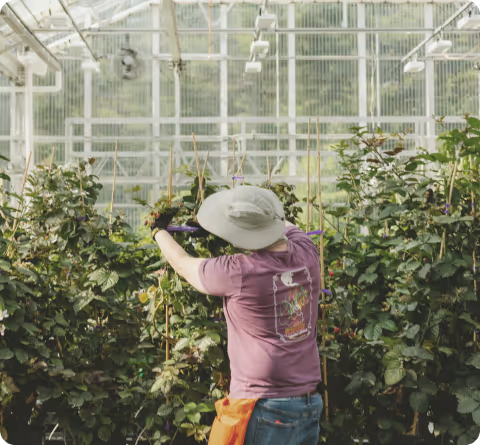
Food and agriculture FOR Broad Societal Benefits
We make food easier to grow and eat
Growing conditions are less predictable. Expectations are rising. And there’s more urgency to do things efficiently and sustainably. At Pairwise, we use the Fulcrum™ gene editing platform to help crops meet those challenges.

Industry leaders choose to partner with Pairwise
partner goals + market needs
Our collaborative model brings together biology, data science, and practical testing to support trait development that meets both partner goals and market needs.
72
%
Success rate in creating targeted crop improvements
100
+
Patent families covering enabling tools and valuable trait-crop combinations
75
%
Of global corn acreage reached through current partnerships
5
+
Major crop families in development
Traits that translate
In our work on traits like short stature and seedlessness in blackberry, identifying the right gene allowed us to develop and test a range of edits across different genetic backgrounds.
This approach not only advanced a better blackberry— it created a foundation for applying the same traits in other crops. Seedlessness, for example, can now be explored in cherry and peach, where pits limit processing and consumer experience.
This approach not only advanced a better blackberry— it created a foundation for applying the same traits in other crops. Seedlessness, for example, can now be explored in cherry and peach, where pits limit processing and consumer experience.
Yield
Benefit:
More fruit/seed, larger size
Useful in:
All crops
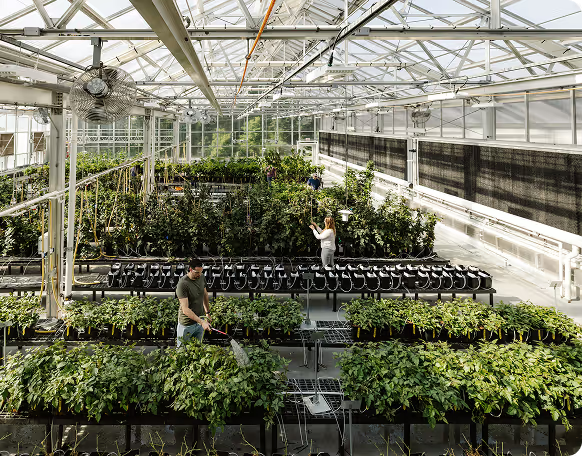
Flowering
Benefit:
Chill reduction, longer season
Useful in:
All grains and fruits
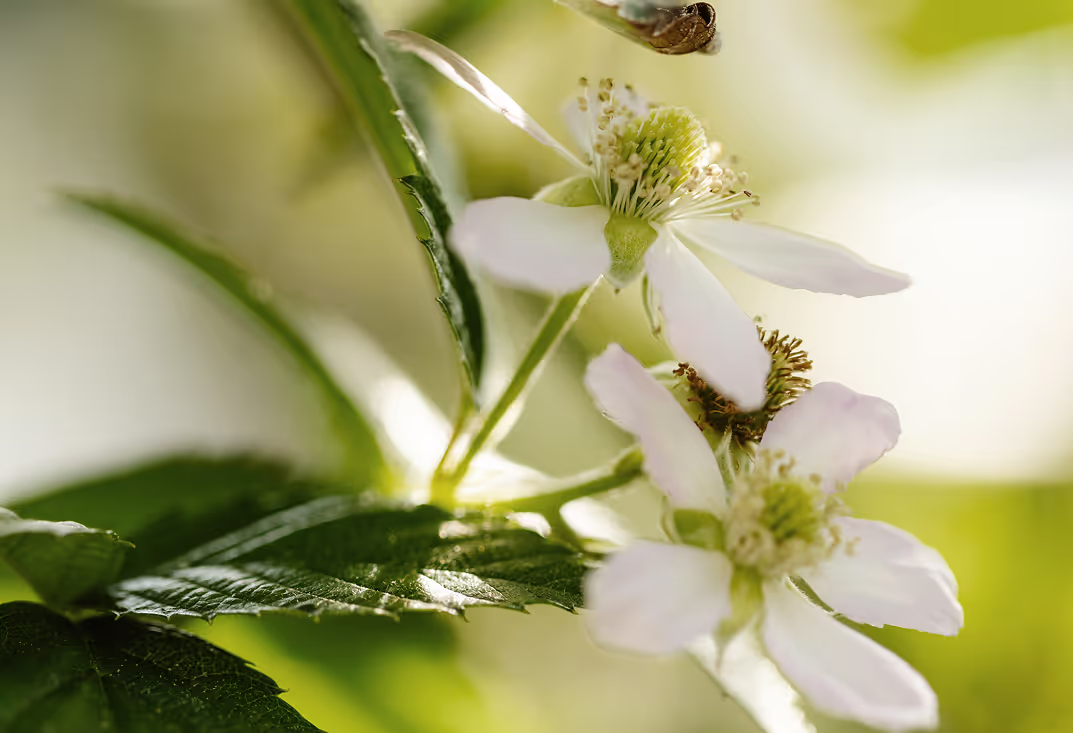
Architecture
Benefit:
Higher density, easier harvest, short stature
Useful in:
All crops
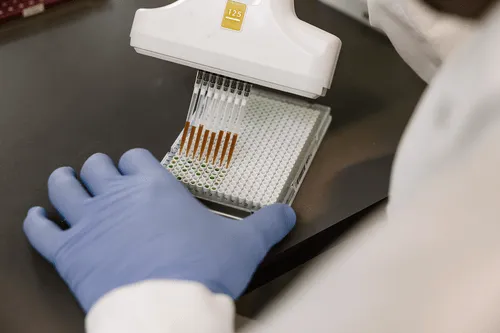
Pitless/ Seedless
Benefit:
Consumer & processing benefit
Useful in:
Other berries, stone fruit
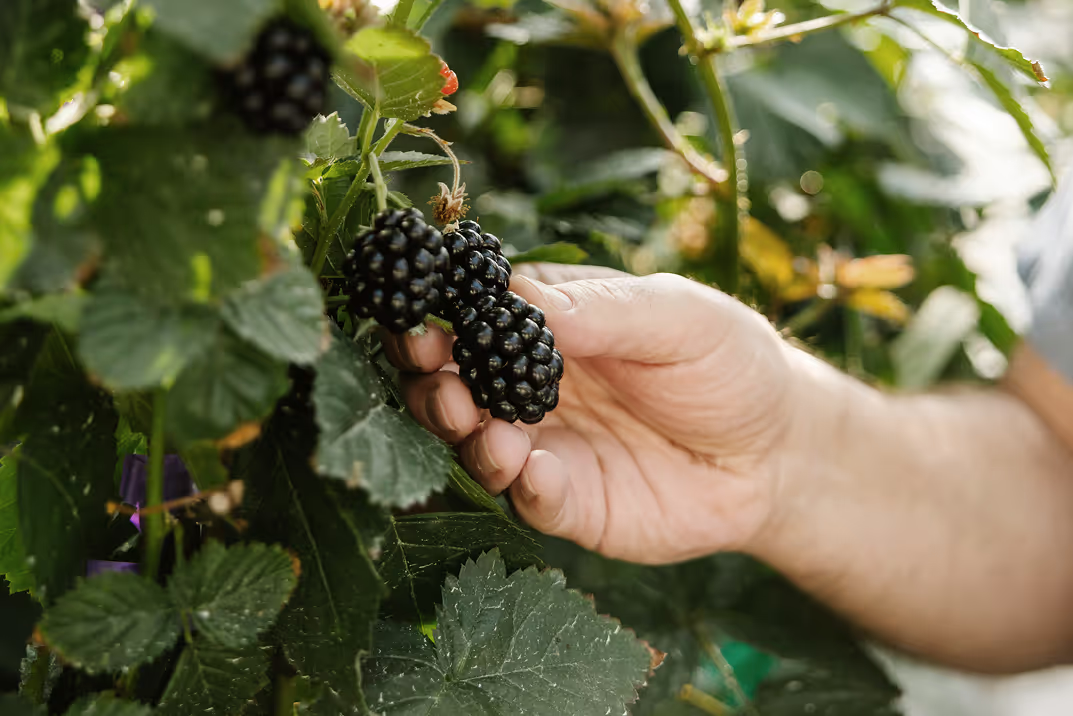
Pairwise products
Pairwise develops differentiated franchise traits for growers, packer-shippers, food brands, and consumers available or in development:
Seedless blackberries
A first-year fruiting blackberry with no seeds, no thorns, compact stature, and consistent sweetness.
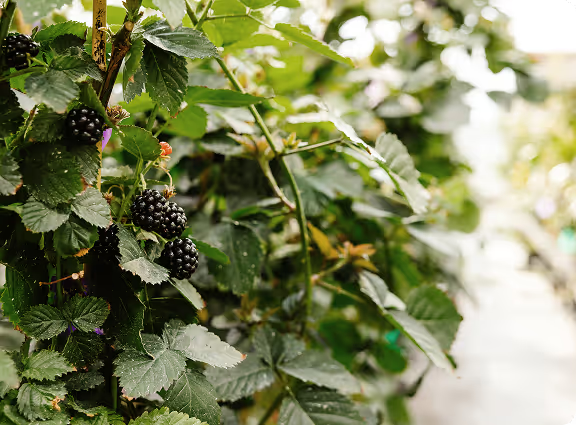
Compact blackberries
A first-year fruiting blackberry with a compact stature that triples plant density per acre, significantly boosts yield, and improves harvest efficiency. Delivers excellent flavor with low reversion.
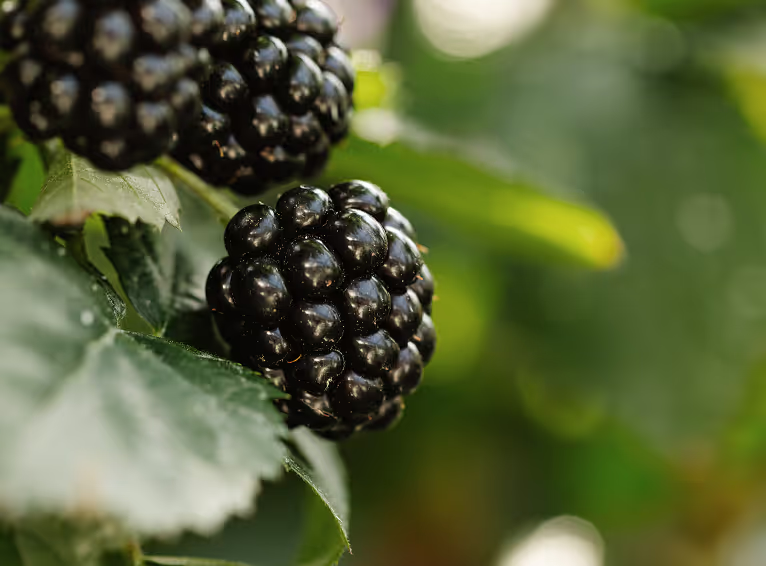
Pitless cherry
A breakthrough in stone fruit innovation—delivering the bold, juicy flavor of a cherry with none of the hassle for a convenient and more enjoyable eating experience.
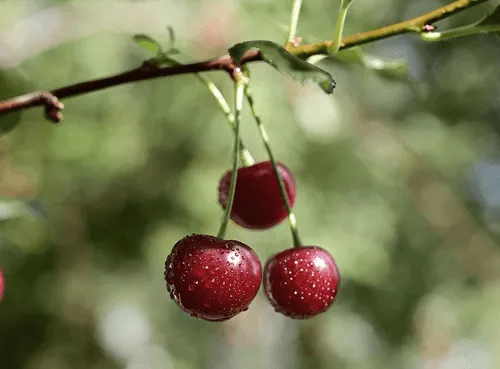
Leafy Greens
The first CRISPR food in North America: a nutrient dense leafy green that originates from mustard greens, but without the typical pungency. With up to twice the nutrition of romaine lettuce, it is well-suited for salads.
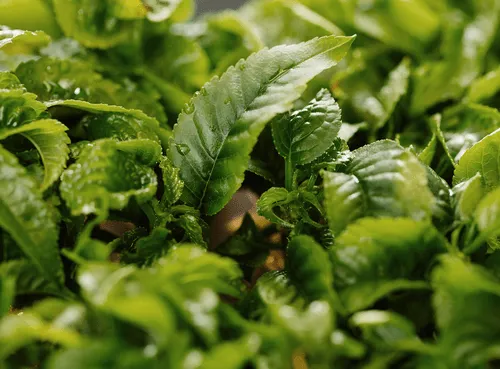
Our collaborative model
Partnerships
Developing a new trait through traditional breeding can take over 15 years to confirm inheritance and reliable field performance. With Pairwise’s Fulcrum™ platform, we can compress that timeline to months—bringing validated, high-performing traits to partners at unprecedented speed, all without creating GMOs.
Yield Gains and Disease-Tolerance in Row Crops (Bayer)
In our first five-year collaboration with Bayer, Pairwise delivered 27 novel gene-edited traits into Bayer’s testing pipeline for corn, soybean, cotton, canola, and wheat. These traits are now moving through Bayer’s development pipeline.
This includes corn with increased kernel row number and up to 10% higher yield, and a soybean trait that reduces susceptibility to Asian Soybean Rust, a major issue for farmers in Brazil. Field trials show the potential to increase yield under disease pressure and reduce reliance on the $2B fungicide market.
Short-Stature Corn (Bayer)
Our second collaboration with Bayer is focused on innovations in short-stature corn as an innovative new approach to growing corn. Sustainability benefits include protection from crop loss due to increasingly severe weather events and extreme winds brought about by climate change. Short-stature corn also allows for more precise application of inputs throughout the growing season, sustainably growing more through reduced risk of crop loss.
Improved Yams for Global Farmers (IITA and Gates Foundation)
In partnership with the International Institute of Tropical Agriculture (IITA) and with funding from the Gates Foundation, this project is working to improve yam production in Nigeria by developing varieties with improved plant architecture. These changes are designed to make farming easier and reduce environmental impact, while also supporting mechanized agriculture. Yams are a key staple crop, and this work aims to help farmers grow more productive and resilient plants.
Productivity Traits in Row Crops (Corteva)
This collaboration with Corteva aims to speed up and expand the delivery of core productivity traits in corn and other row crops. The focus is on using gene editing to introduce precise changes into elite germplasm, helping improve yield, disease resistance, and resilience.
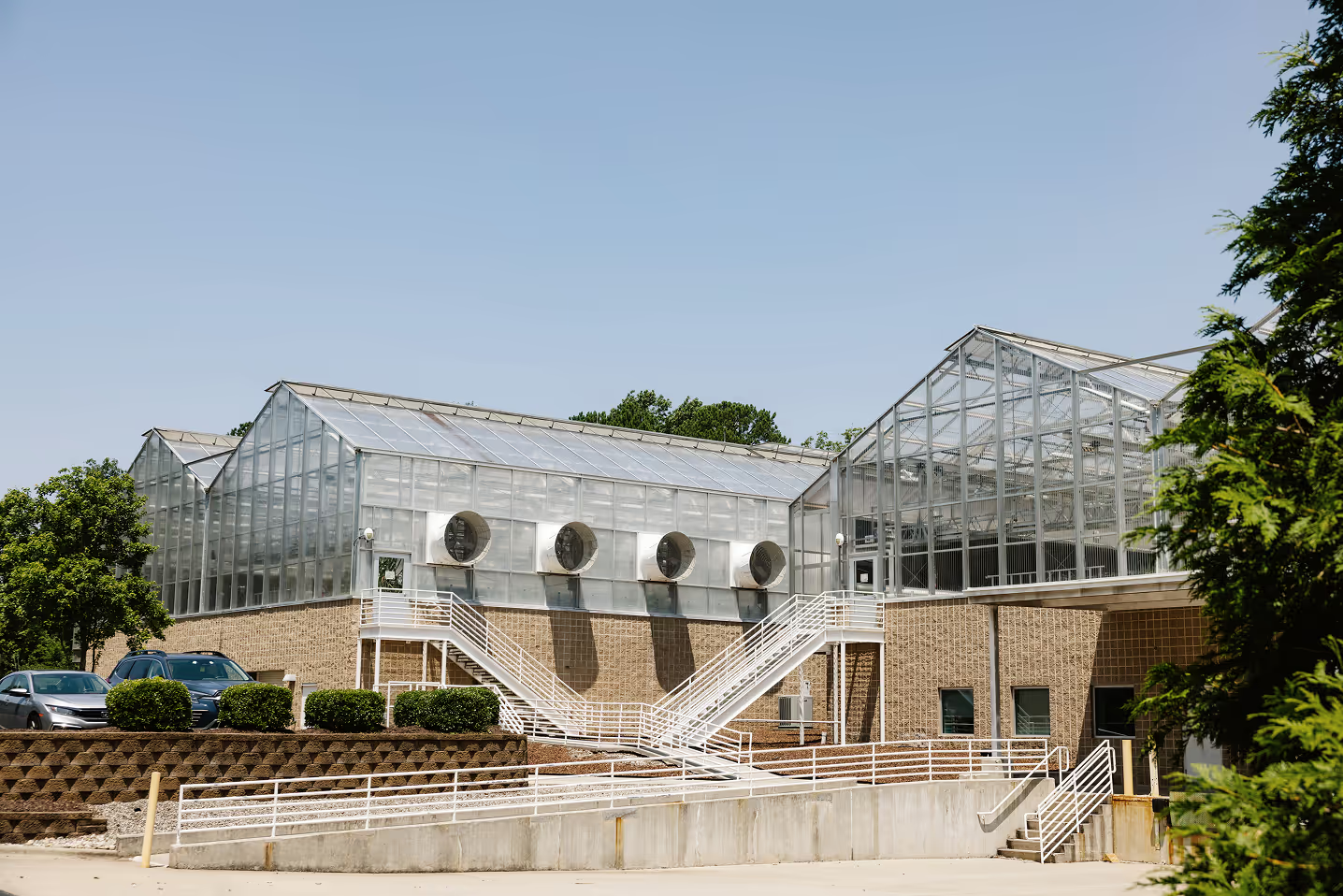
Unlocking crop potential
We work closely with partners who know their crops, their markets, and how their operations run. These relationships give us the opportunity to work with high-performing varieties and real-world challenges.
In return, we bring deep expertise in gene editing, trait design, plant development, and testing. Support spans the full process—from early scientific work through to field deployment.
Our targeted edits unlock new traits, bring useful diversity into breeding programs, and help move from idea to product much faster than traditional breeding, across both specialty and large-acre crops.
We work across crop types, geographies, and value chains to build the next generation of products with better performance and stronger consumer appeal.
From trait to field
How we move from trait discovery to field-ready outcomes
Gene editing allows us to move with precision from trait concept to prototype—and to do it in a way that continuously builds on what we’ve already learned.
Our process is structured, iterative, and designed to reduce time to field while improving confidence at every step.
Platform process
1
Evaluate the market and identify the trait to be changed

2
Analyze Trait Mechanism & Develop or adapt Delivery System

3
Evaluate Variables & create Prototypes

4
Choose Final Variation

Apply learning to next crop


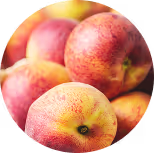
Examples
Our iterative platform moves from trait discovery to prototype, continuously improving speed, precision, and impact across crops
Blackberries
1

2

3

4


Apply learning to next crop
Cherries
1

2

3

4


Apply learning to next crop
Peaches
1

2

3

4


TIMELINE
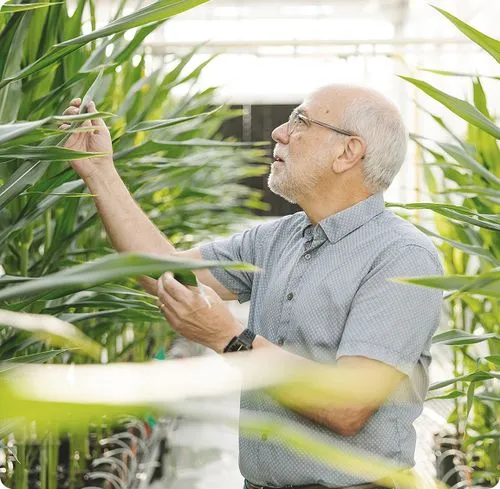
Partnerships
Working together
Partnerships with Pairwise are designed to complement existing pipelines—not replace them. Our work is grounded in collaboration with teams who understand their crops, markets, and development priorities.
This includes global seed companies like Bayer and Corteva, nonprofit and mission-driven partners like IITA, and academic institutions focused on regional food systems.
The goal is to reduce cycle time, increase usable variation in specific traits, and deliver edits that are tested in commercially relevant germplasm.
This includes global seed companies like Bayer and Corteva, nonprofit and mission-driven partners like IITA, and academic institutions focused on regional food systems.
The goal is to reduce cycle time, increase usable variation in specific traits, and deliver edits that are tested in commercially relevant germplasm.
